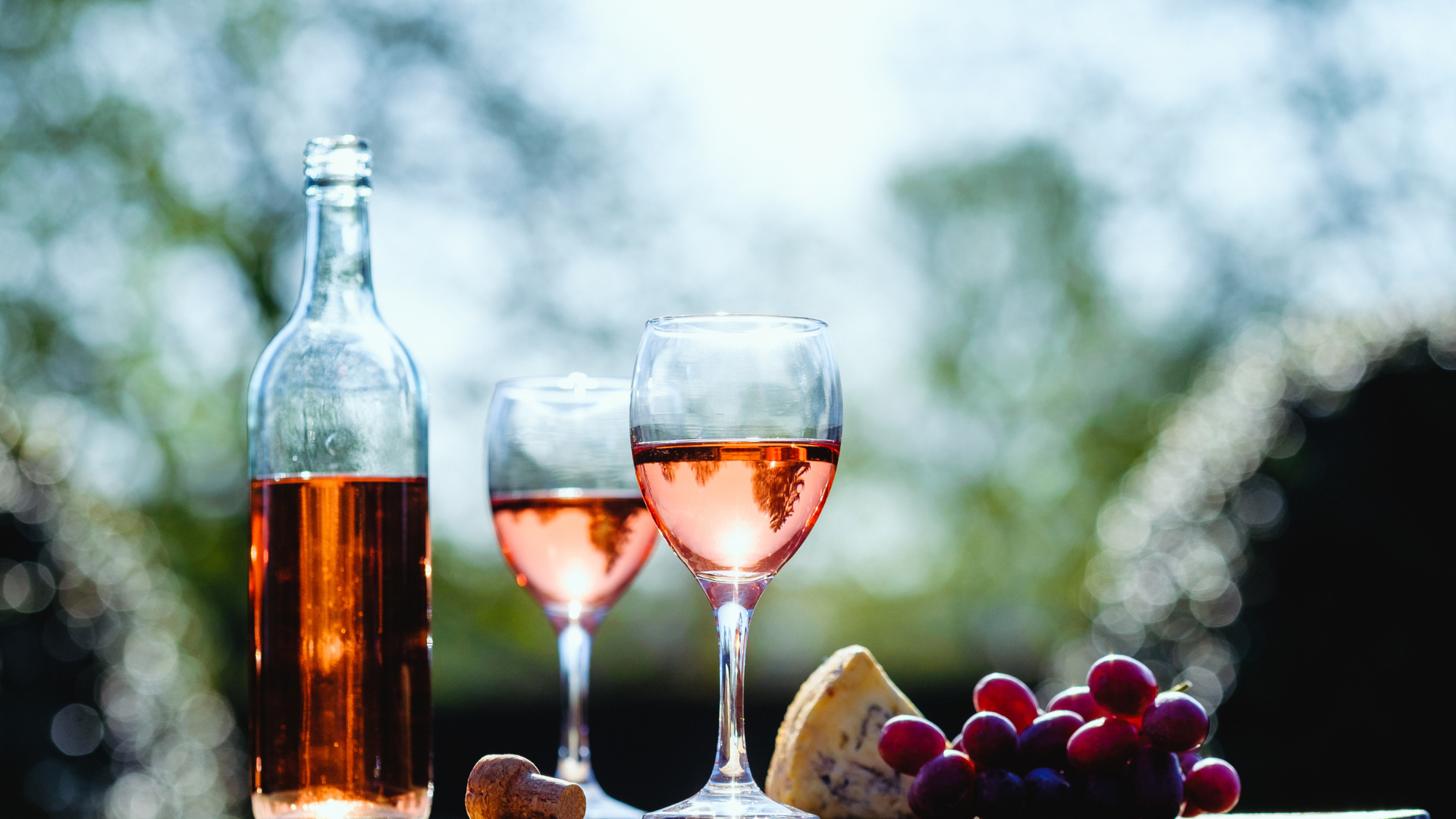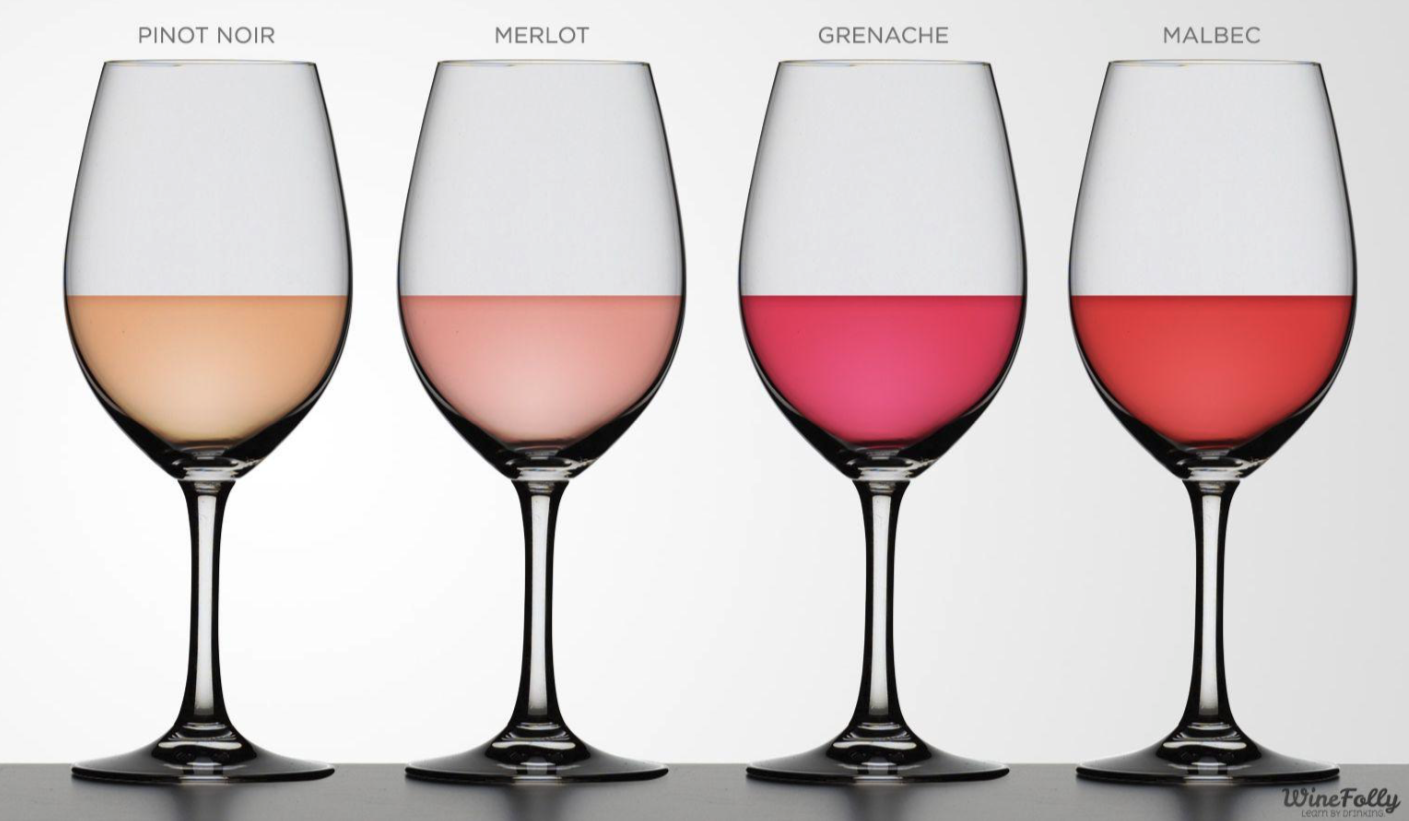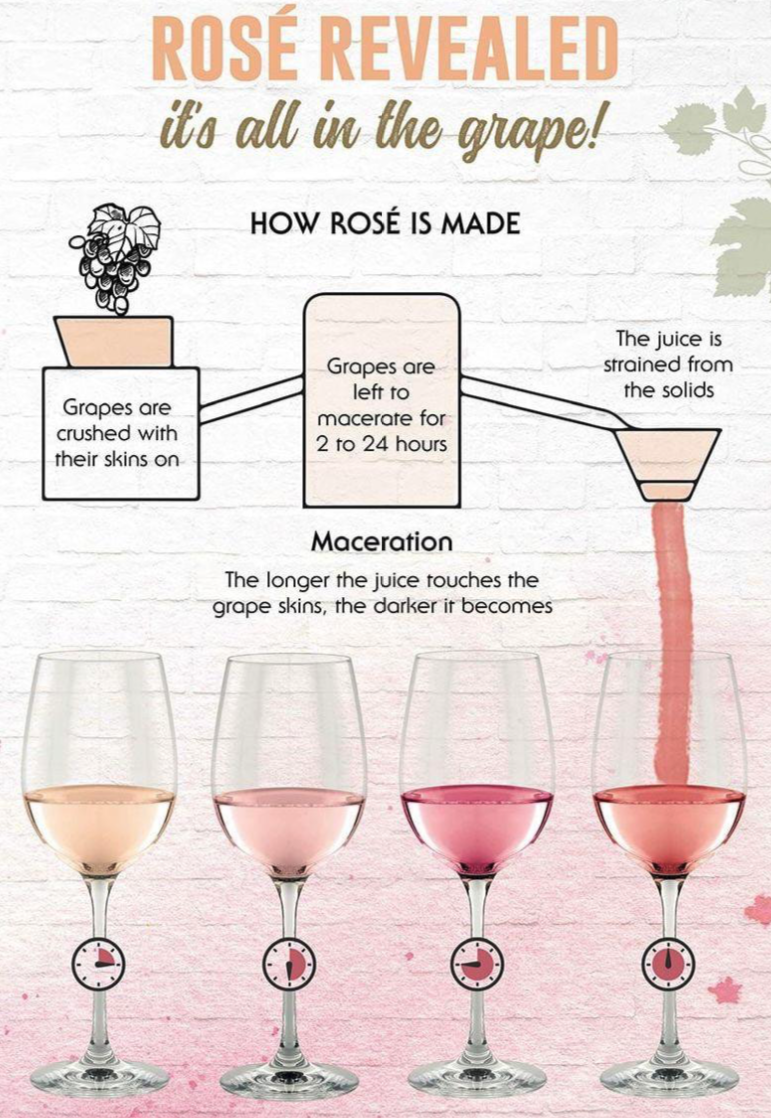It’s summertime – uncork the “summer water!”

Known affectionately in France as “summer water” (as it’s its peak season), rosé wines have become a Prost staple. Not only are they delicious, but they’re beautiful, too!
Its color is literally its name: Rosé. Did you know rosé wine is made with black or red grapes, not white grapes? It gets its pink color through a winemaking process called maceration: after crushing the grapes, the skins remain so their pigment can dissolve into the juice, creating the characteristic pink hue. The longer the skins stay in the juice, the darker the shade of pink and the more pronounced the flavors. This method allows winemakers to precisely control the color and flavor profile. Lighter, drier rosés come from very short maceration periods, extracting just enough color to achieve their pale pink hue.
Other rosé-making methods
Bleeding:
Some winemakers use a method called “saignee” or “bleeding,” where a portion of the juice is removed from the skins early on to create a rosé, while the remaining juice continues to ferment as red wine.
Direct Press:
In this method, red grapes are pressed immediately after harvesting, with minimal contact between the juice and the skins. The juice is then fermented like a white wine, resulting in very pale pink or salmon-colored rosés. It preserves the natural freshness and acidity of the grapes, producing crisp, light-bodied rosés, often with delicate fruit flavors.
Blending:
Some winemakers blend red and white grape varieties to obtain the perfect rosé wine, balancing the sugar and acidity by adjusting the proportion of red and white wines in the blend. While less common for still rosés, it is a key technique for producing Rosé Champagne, although it’s important to note that blending red and white wines for still rosé is often not allowed in traditional European wine regions, except for Champagne.
The grape variety defines the wines’ taste, ranging from dry to sweet to sparkling, as well as affects the color. Grapes such as Syrah, Carignan, Cinsault, and Grenache Noir produce colorful rosé wines; conversely, a grape variety like Clairette Rose produces very pale wines, and Carignan Gris gives what is called a gray wine.
To slightly tweak Ralph Waldo Emerson…“There is simply the rosé; it is perfect every moment of its existence.” Give it a try!


Interested in Tasting Swiss Wines?
Are you ready to discover hand-crafted wines with us? Prost Membership gives you access to purchase rarely exported, biodynamic wines at an affordable price. Learn more about our membership by contacting us today.
